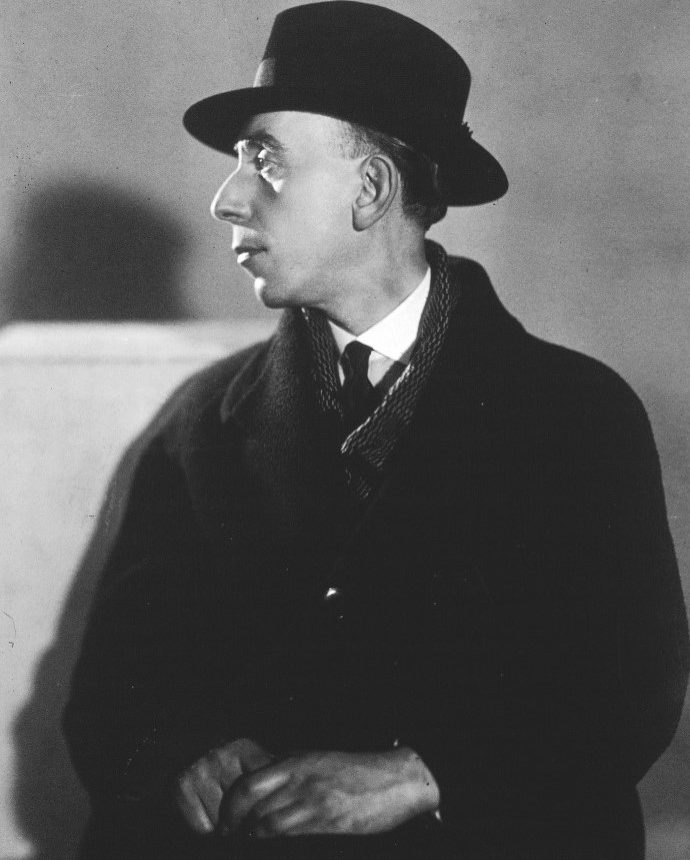Joachim WEINGART
January 4, 2019Eugène ZAK
January 4, 2019Léon ZACK
NIZHNY-NOVGOROD (RUSSIA) 1892 – PARIS 1980
Léon Zack studied painting in private academies at the same time as he studied literature at the University of Moscow. He then spent time at the studios of Ivan Rerberg and Ilya Machkov, who founded the group Jack of Diamonds, which referred to Cézanne, Fauvism and presages of Cubism. In 1913, Zack hesitated between painting and poetry. He published a collection of poems, which he signed under the name Chrysanthe. In 1917, he married Nadia Braudo with whom he had two children: Irene (who became a sculptor) and Florent.
In 1920, Zack and his family left Russia for France via Rome, Florence, and Berlin, where he produced sets and costumes for the Russian romantic ballets directed by Boris Romanov. This troupe was very successful in Berlin and in Paris, where Zack met Michel Larinov and Picasso. His painting was then figurative. In 1930, Zack joined the group of the neo-humanists, which was a movement inspired by the critic Waldemar George, Hosiasson, Christian Bérard, Eugene Berman, and Pavel Tchelitchew. In 1931, he exhibited with this group of artists at the Manteau gallery in Brussels. In parallel to his artistic career, Léon Zack worked for the Monte-Carlo Ballet and illustrated works by Arthur Rimbaud, Verlaine, Mallarmé, and Baudelaire. In 1940, he left Paris and took refuge in Arcachon, Villefranche-sur-Mer, and Grenoble. Back in Paris in 1945, Zack exhibited his work at Katia Granoff’s and at the Garets gallery where he showed his abstract works for the first time.
From 1955, Zack worked on religious art. In particular, he produced stained-glass windows for Notre-Dame-des- Pauvres in Issy-Les-Moulineaux and for numerous churches in Paris and in the French provinces.
Stories of Jewish Artists of the School of Paris 1905-1939
FRENCH-ENGLISH
Capitale des arts, le Paris des années 1905-1939 attire les artistes du monde entier. De cette période de foisonnement, un terme est resté, celui d'Ecole de Paris, qui recouvre une grande diversité d'expression artistique. Dans ce brassage dont Montparnasse est le creuset, un groupe se distingue : celui des artistes juifs venus de Russie, de Pologne et d'Europe centrale. Si leurs styles sont variés, un destin commun les rassemble : ils fuient l'antisémitisme de leur pays d'origine. Certains ont connu la célébrité dès les années 1920, tels Soutine, Lipchitz ou Chagall. D'autres n'ont pas eu le temps ou la chance d'y accéder. Près de la moitié a péri dans les camps de concentration nazis.
From 1905 to 1939, Paris attracted artists from all over the globe as the capital of the art world. This period of artistic proliferation became known as the School of Paris, and includes a great diversity of artistic expression. Within the teeming art world centred on Montparnasse, one group set itself apart: Jewish artists from Russia, Poland, and Central Europe. Although their styles were diverse, they shared the common fate of fleeing anti-Semitic persecutions in their home countries. Some became famous in the 1920s, such as Soutine, Lipchitz, and Chagall, while others did not have the time or the luck to gain renown. Nearly half of these artists died in Nazi concentration camps.





